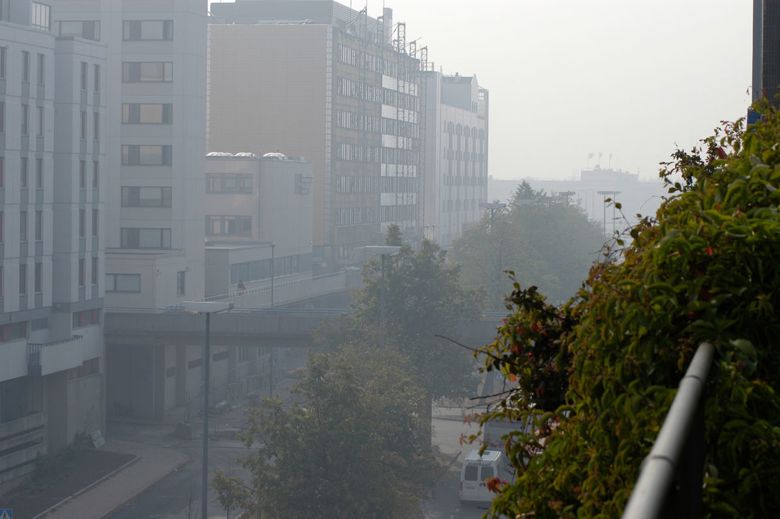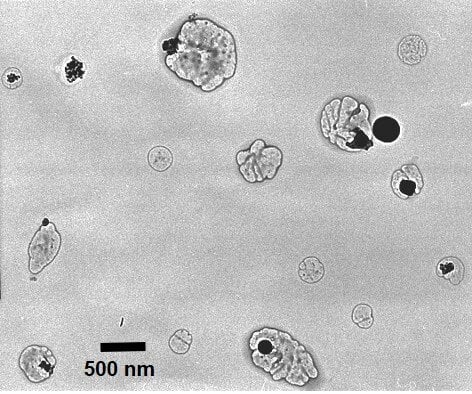Long-range transport reduces air quality

Fine particles are largely due to long-range transport
On average, long-range transport accounts for more than half of the concentration of fine particles, even in the busiest areas of the region.
Other factors affecting the concentrations of fine particles (PM2.5) in the Helsinki metropolitan area include
- traffic exhaust gases;
- fine particle emissions from traffic due to the wear on brakes, tyres and surfacing materials, as well as the pulverisation of ground grit;
- use of fireplaces in detached houses; and
- fireworks.
Fine particle concentrations are usually low in the Helsinki metropolitan area. From time to time, however, long-range particles raise concentrations to high levels. During such long-range transport episodes, the level exceeds the World Health Organisation WHO’s guideline value (15 μg/m3, 24 h). In this case, the daily concentrations in the Helsinki metropolitan area can rise to more than three times the annual average, i.e. to the usual level of the most polluted cities in Europe.
Emissions from traffic, wood burning and fireworks also cause elevated local concentration peaks when there is little wind, but their duration is usually only a few hours.
What is long-range transport?
Fine particles are constantly transported to the Helsinki metropolitan area from outside Finland’s borders. The majority of this particulate matter enters the region outside episode periods, i.e. when the concentrations are at normal levels. As southwesterly winds are the most common in Finland, a significant part of the long-range particulate matter originates from Western and Central Europe. During episodes, the particulate matter has mainly come from the direction of Eastern Europe.
What do long-range particles contain?
The majority of long-range particles are fine particles. Long-range fine particles contain organic carbon compounds, soot, sulphate, ammonium, nitrate and metals, among other things. Particles from open fires contain particularly high levels of organic carbon compounds, such as polycyclic aromatic hydrocarbons (PAHs) that increase the risk of cancer, and soot.

Electron microscope image of long-range fine particles (HSY Jarkko Niemi).
From time to time, air currents also carry coarse particles, such as sea salt particles from splashing waves, soil dust from dry areas, fly ash from the chimneys of power plants, volcanic ash, pollen, and spores from vegetation, over long distances.
High variation between years
Weather factors have a major impact on the transport of air pollutants and the number of open fires. As a result, the total number, duration, and intensity of long-range transport episodes vary greatly from year to year. Especially in 2002, 2006 and 2010, high concentrations of fine particles from open fires and other sources in Eastern Europe were transported to the Helsinki metropolitan area on several occasions.
The episode that took place in April–May 2006 was record-long in duration, with high concentrations for about ten days, due to wildfires and prescribed burning of fields in Eastern Europe. The highest hourly concentration of fine particles caused by long-range transport (200 μg/m3) was measured in Helsinki on 21 August 2006 due to the smoke from forest fires in Russia. The concentration was approximately 20 times the annual average.
Reduce your exposure during intense long-range transport episodes:
- Go indoors.
- Avoid strenuous physical exertion outdoors.
- Avoid ventilating your apartment. Please note that if the temperature inside your apartment rises above 25°C in hot weather and you have a respiratory or heart condition, you should ventilate your apartment. Excessive heat can be a worse health risk for you than poor air quality.
- Follow air quality in real time on our website.